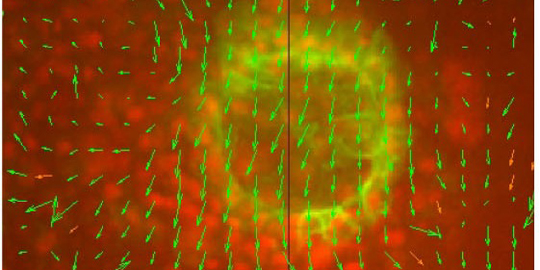Inspiring the Next Generation of STEM Enthusiasts
A friendly competition is brewing in the corner of a basement classroom in Link Hall during the annual STEM Trekkers summer program, where students are participating in a time-honored ritual: seeing who can build a paper airplane that travels the…


 On the surface, it would seem that zebrafish and humans are about as different as, say, developmental biologists and theoretical physicists. Fish swim; humans walk. Biologists revere Charles Darwin; physicists have an abiding admiration for Albert Einstein. It turns out, however, that zebrafish and humans are very similar during the earliest stages of embryonic development. So much so, that developmental biologists study zebrafish embryos to help answer such questions as how do organs end up on the correct side of the human body? Turns out, the question is also interesting to a Syracuse University physicist.
On the surface, it would seem that zebrafish and humans are about as different as, say, developmental biologists and theoretical physicists. Fish swim; humans walk. Biologists revere Charles Darwin; physicists have an abiding admiration for Albert Einstein. It turns out, however, that zebrafish and humans are very similar during the earliest stages of embryonic development. So much so, that developmental biologists study zebrafish embryos to help answer such questions as how do organs end up on the correct side of the human body? Turns out, the question is also interesting to a Syracuse University physicist.